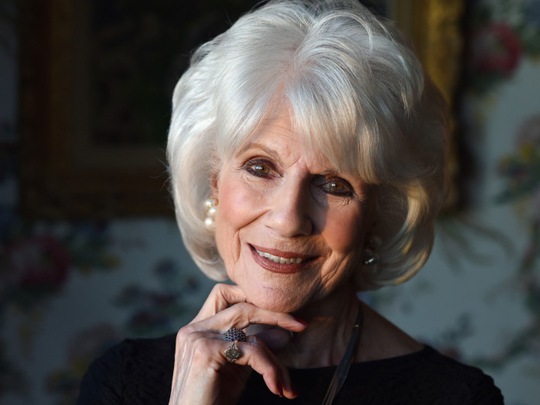
Long-time NPR talk-show host Diane Rehm. World-class concert pianist Leon Fleisher. Former Yankees second baseman Chuck Knoblauch. Countless golfers brought low by the “yips.”
They all suffer from dystonia, a neurological movement disorder that strikes different people and different body parts with different levels of severity, sometimes when the victims are at rest but typically when they engage in a repetitive activity.
The most famous patient is Fleisher, a child prodigy whose highflying career was dramatically sidetracked in 1964, when as a 36-year-old he lost control of his right hand anytime he played. He had focal dystonia, which in his case caused his fingers to curl uncontrollably.
Back then, the affliction had neither a name nor a treatment. Fleisher adapted by performing one-handed concerts for decades, to great critical acclaim. In the 1990s, he was among the first to receive experimental injections of Botox, a treatment that tamed the rogue nerve signals well enough for him to resume playing with both hands. He celebrated the turnaround by releasing a 2004 recording titled Two Hands.
Rehm’s condition, spasmodic dysphonia, creates involuntary movements in the muscles of her larynx, leaving her dulcet radio voice with a quiver. It came on late in life. With the help of Botox, Rehm powered through the affliction and continued her acclaimed radio show, which concluded in December.
Knoblauch’s 12-year career in Major League Baseball was cut short when he lost the ability to make the routine throw from second to first. Other big-leaguers, including pitchers Steve Blass and Rick Ankiel, have suffered similar fates. Doctors speculate that some athletes may suffer from mild cases of dystonia, exacerbated by performance anxiety.
Those are the well-known cases. The official estimate is that as many as 250,000 Americans have some form of dystonia, but some experts say they believe the actual number could be much higher.
It is a difficult disease to diagnose, easily confused with other afflictions. Beyond Botox, there are few options for treatment — deep brain stimulation is used for some types of dystonia — and there’s no cure on the horizon.
Professional musicians are thought to be the most at risk, given their intensively repetitive fine-motor movements. But many musicians with low-level symptoms may be reluctant to get a diagnosis out of fear of losing their livelihoods.
As for golfers with the yips — which typically take the form of a maddening inability to sink short putts — Katharine Alter, a physiatrist who works on movement disorders at the National Institutes of Health, says some may be victims of dystonia. Others may simply be victims of stress. Or a bit of both.












